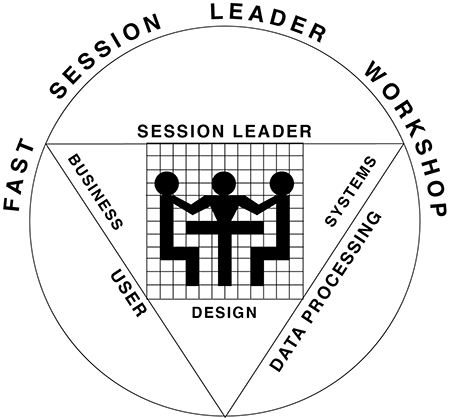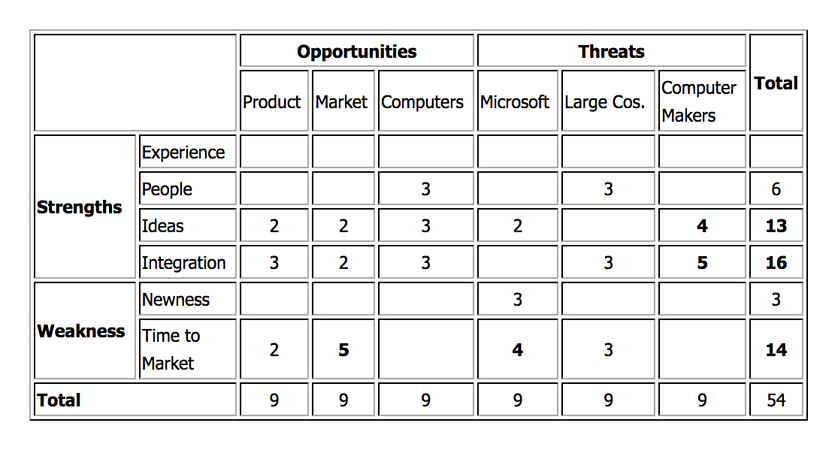May 2001

SWAT SWOT! | Gary Rush Facilitation
Introduction
Last year, I began teaching SWOT Analysis (Strengths, Weaknesses, Opportunities, and Threats) following a more rigorous method. I'll call it "SWAT SWOT" (Special Workshop Analysis Technique for Strengths, Weaknesses, Opportunities, and Threats).
SWOT
SWOT is a method for describing a current situation. It is typically used in strategic planning, but it also is used in product development, annual planning of projects, or current situation analysis. I have used it in strategic planning, product development, and annual planning.
The SWOT analysis begins by listing each of the four areas:
- Strengths (what a group does well)
- Weaknesses (what a group does not do well)
- Opportunities (situations, events, etc., outside of the group that provide unique opportunities for growth, change, etc.)
- Threats (changes or competitors who may adversely impact the group).
Brainstorm each list separately. Analyze each list to reduce to about 12 or fewer items each. Do this by discussing the items and asking the group to identify the key ones in each area. Number the list when finished.
Build a matrix (see below). Opportunities and Threats on top with Strengths and Weaknesses down the side. Explain the scoring process to the group. Each member gets "9" points (it is an arbitrary number and you may change it if you want more or fewer points). They assign the points based on the impact or leverage that each strength or weakness has relative to each opportunity or threat. The higher the impact, the higher the number. Ensure that they don't just spread them evenly - it should be based on a business understanding. Collect the scoring. Using a spreadsheet, calculate the final scores for each intersection, each column, each row, and each quadrant.
Review the scores with the group and highlight the quadrants and intersections with the highest scores. Summarize from the list and have the group identify which actions they should take.
Example:
A new software company looks at its strengths as: experience, good people, creative ideas, and product integration. Its weaknesses are: newness to market and time to market. Opportunities are: integrated products, new market, and growing use of computers. Threats are: Microsoft, other large companies, and hardware manufactures. The group would build the matrix and one person may score it as follows (scored from 1 to 9 with 9 indicating greatest impact):

Analysis
The scoring indicates the most important strengths are their product ideas and integration. The weakness making them most vulnerable is their time to market. The most favorable opportunities are integrated products and growth of computer use.
Thoughts
Strengths matter if they help take advantage of an opportunity or fend off a threat. Weaknesses matter if they prevent a group from taking an opportunity or making them vulnerable to threats. Opportunities require some strength to take advantage. This matrix helps to highlight which strengths, weaknesses, opportunities and threats require strategies.
This SWOT analysis helps focus future efforts - products, projects, or strategies. It takes 2 to 3 hours to complete, but it is worth the effort. ![]()

